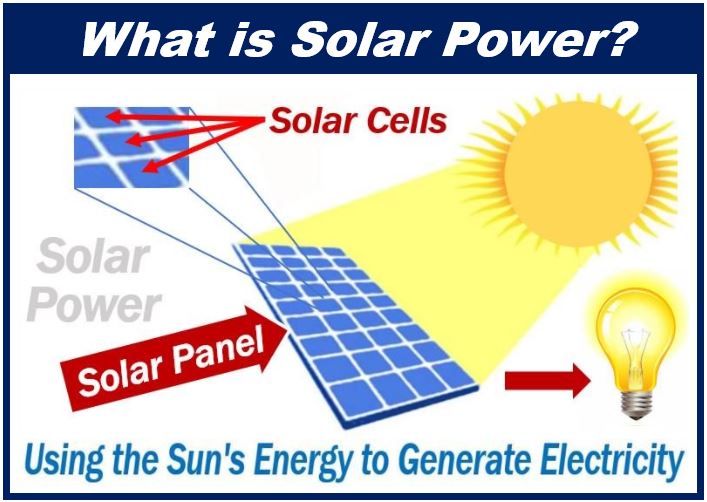Are you thinking about installing solar panels to reduce energy costs? Solar power generation allows families and businesses to save money while also protecting the environment.
It isn’t as simple as you might imagine though. The installation process involves many technical details that require specialized knowledge. Here are some of the things you need to know to avoid common pitfalls.

Calculate Your Energy Usage
If you want to supply 100% of your electrical energy using solar panels, you first need to know how much your home or business uses.
Calculate your usage by averaging the number of kilowatt-hours (kWh) consumed during the last 12 months. This information will help you determine how many panels are necessary.
Panels
One of the most critical parts of the process is selecting the right solar panels and the best angle and orientation to mount them. If you choose incorrectly, your system may not generate as much power as you hope.
There are many different types and styles of solar panels. Efficiency varies depending on the manufacturing process, and you need to understand what kind works best in your climate.
It’s wise to consult an expert in your geographical region. They’ll use information about the average hours of sunlight per day to determine your panel needs and the ideal angle for mounting them. Your location will determine which direction they must face.
Inverter
Solar panels generate low-voltage direct current (DC). The power grid uses alternating current (AC), as do most household and business appliances.
Thus, DC to AC inverters is essential components of generation systems. They convert the panel output into a form of energy that you can use.
Mounting
You need to mount your panels where they’ll get the most sunshine during the year. Depending on your situation, this may be on the ground or a roof.
In some cases, you can place the panels directly on your roof. In other situations, you might need a significant amount of hardware to do the job.
Tracking mounts are an option if you want to increase generation efficiency or have limited space for panels. This technology allows the photovoltaic cells to face the sun all day. You can choose from single-axis or dual-axis trackers.
Wiring and Switches
To build your solar energy system, you’ll need wiring and conduit. Installing the necessary electrical connections takes a significant amount of time and labor.
Your photovoltaic generator connects to your main breaker panel or fuse box. Mount a disconnect switch where you can easily reach it. Make sure several people in the home or business know-how to turn the system off in case of electrical problems.
Electric Meter
Your electric meter typically measures the power your home or business uses from the grid. When you start generating energy, it’ll also need to show how much you feed into your provider’s system.
Make sure you check with your utility company before designing your solar generator. Most providers use a system in which excess power you produce registers as a credit. Then you use this accumulated energy at night or when there’s not enough sunshine for your needs.
Several types of meters can measure power generation and usage from the grid. Many electric companies install a digital one to register the data.
Off-Grid Generation
Solar systems typically are connected to a provider’s distribution system, but you’ll likely be off the grid if you live in a remote location. In this case, batteries are necessary to store extra energy for use when there’s little sunlight.
The need for batteries makes an off-grid system more costly to install. However, it may still be cheaper than running power lines to the location.
An off-grid system requires a different kind of inverter than a grid-tied design. If you’re installing the generator yourself, make sure you understand precisely what type to use and how much load it can handle.
In a Nutshell
There’s growing interest in private solar energy generation. To get started, calculate how much power you typically use. Then research the necessary components, including panels, inverter, mounts, wiring, and switches.
Check with your electric company to understand whether you’ll need a different type of meter. If you’re building an off-grid generator, batteries are necessary to store power for later use. Careful planning and installation can result in a very effective clean energy solution.
Interesting related article: “What is sustainable energy?”

